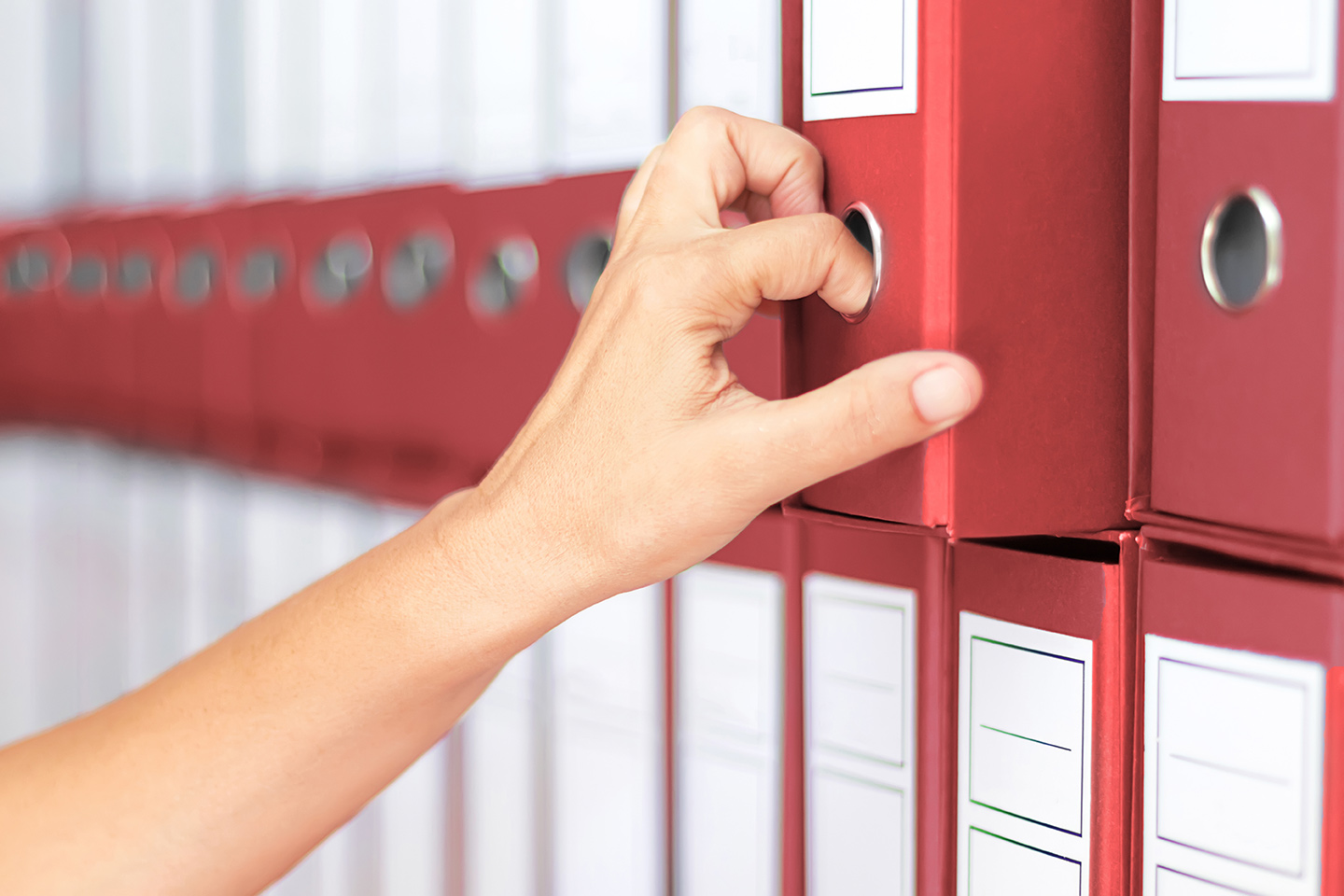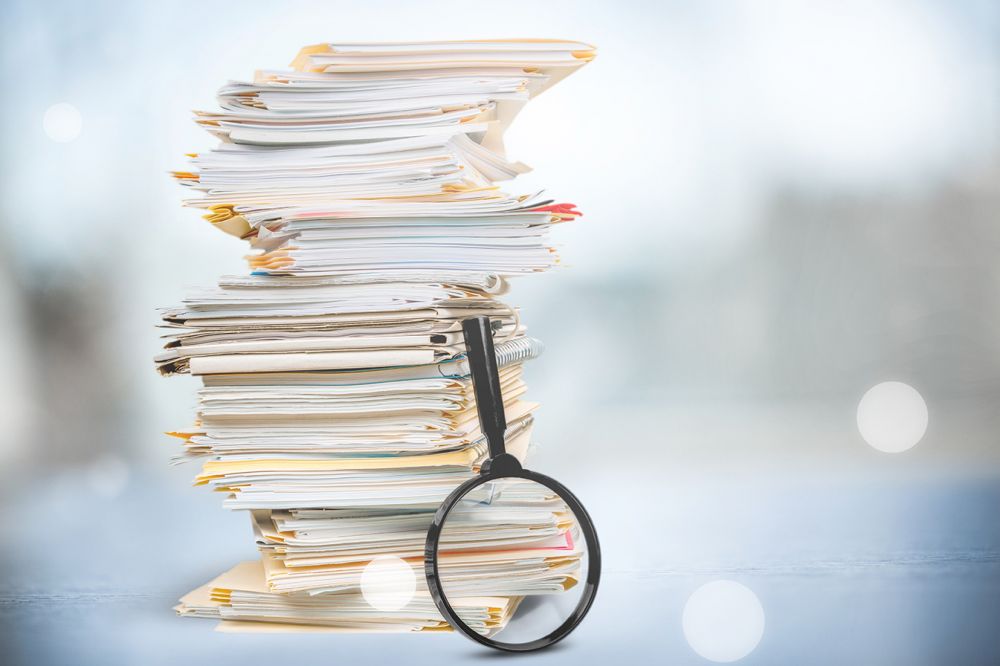Implementing an archiving system is the first step towards a digital business
For the last 20 years we have been listening to people saying that paper has no future, but office use still makes up one quarter of world paper consumption. Paper documents are a reality and will continue to be with us for some time.

The decision to stop using paper and start capturing incoming documents when they enter the company may seem straightforward but is in no way a quick victory. Also, it does not resolve the issue of providing proper storage for existing documents, which would ensure efficient work and adequate mitigation of business risks. Mountains of paper documents will continue to fill up boxes, temporary storage, ill-suited basements, and overflowing filing cabinets.
Therefore, the first step towards digital is to establish a comprehensive physical archive that will be the cornerstone for the implementation of systematic Therefore, the first step towards digital is to establish a comprehensive physical archive that will be the cornerstone for the implementation of systematic document capture document capture.
Principles of secure and compliant storage
- Accessibility
- Usability
- Integrity
- Authenticity
- Durability
Where and how to start organizing the archive?
In practice, we have come across many different issues while organizing archives. These ranged from unorganized documents, messy archive rooms with important business documents lying on the floor, to humid premises and archive rooms which had no doors much less proper protection.
Whatever the case, we have to start with the basics and organize the archive according to the accessibility principle. This means that we know where certain documents are kept in order to ensure they can be accessed by authorized persons only. In practice, this means that we appoint responsible persons, restrict the access for all employees, and grant access to persons trained for archiving.
We also need to ensure the basic protection measures that include the door, access to keys, and a list of access rights. Depending on the company’s operations, we may also recommend 24-hour security guard service with appropriate response times.
An organized mess?
We have restricted access to the archive and trained the authorized staff, so does that mean we have organized the archive? Not really. We have made a big step, but many still lie ahead.
It is important to organize the archive so that the needed information will be quickly retrieved. We should also ensure that the content of the documents is readable. In compliance with the usability principle, reproduction and further use of the material must be ensured.
Poorly organized storage creates a considerable business risk, which is often neglected since much more is generally said about information security and must less about risks imposed by inappropriately stored paper documents.
What about durability of documents?
It is important that documents in storage are kept intact and unchanged. To achieve this, documents have to be kept at proper temperature and not exposed to light, humidity or water.
A good example is the thermal paper which darkens when exposed to light, rendering the printed information illegible. PVC folders are also problematic since the print on the paper will transfer onto the plastic when exposed high temperature, quickly making the text unreadable. In order for the document to maintain its integrity, we should also take into account the type of paper used.
A stage in the effective document management process is safe destruction of business documentation (note: different rules apply to archives which must not be destroyed). We need to understand that not all destruction of business documents is secure. Compressing paper documents into bales does not qualify as secure destruction since the documents are still readable. That is why shredding is always Mikrocop’s recommended option.
Does authenticity matter?
Definitely. Authenticity means that we are using and working on the original document. If the document is not authentic, it loses its legal and evidence value.
Document authenticity can only be maintained if:
- the archive is properly recorded and organized,
- quick access to documents is ensured when needed,
- access to the archive is restricted to authorized persons only,
- suitable conditions of physical document storage are observed,
- documents are disposed of and selected in a timely fashion, and
- proper protection is ensured.
Poor storage conditions threaten document durability
Should we neglect the basic conditions of storage, we can easily run into a situation where we can no longer control the durability of documents. When not well preserved, documents cannot be converted into long-term preservation format, and their durability is at risk. Therefore, we should never underestimate the impact of humidity, mold, or rodents on paper documents.
When organizing the storage of physical (paper) documents, we should pay attention to five principles of secure and compliant storage: accessibility, usability, integrity, authenticity, and durability. Only with these principles in place will we be able to set up the basis for further digitization of operations.
Want to know more? Cintact us!





